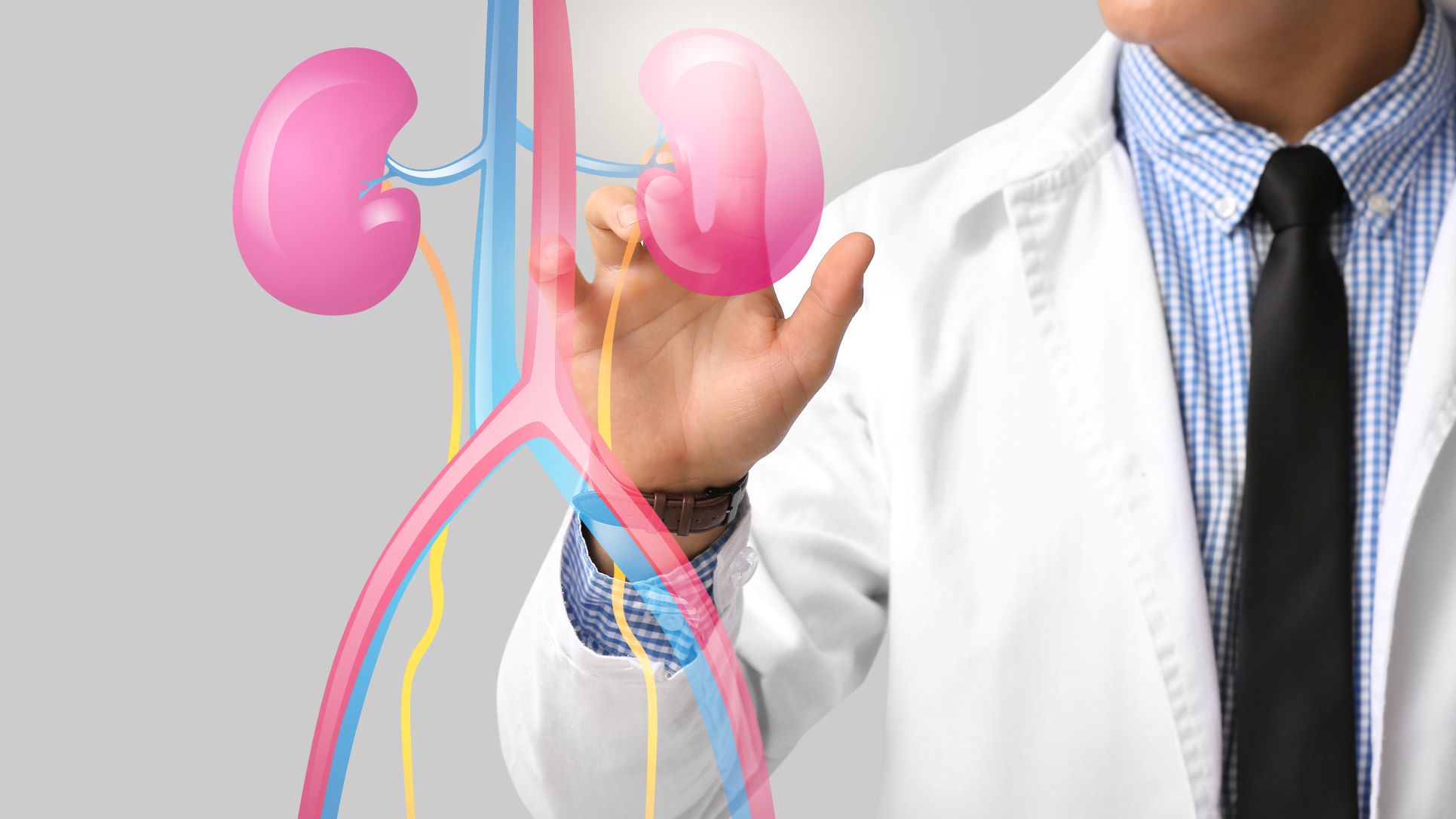Dialysis Modalities: Hemodialysis & Peritoneal Dialysis
Understanding Dialysis
Dialysis is a life-saving treatment for individuals with kidney failure, a condition where the kidneys lose their ability to filter waste, excess fluids, and toxins from the blood. Without proper filtration, harmful substances accumulate, leading to severe health complications. Dialysis compensates for this loss of function, ensuring effective waste removal and improving patient health.
There are two primary dialysis modalities: Hemodialysis and Peritoneal Dialysis. Each method has distinct characteristics, benefits, and considerations based on individual medical needs and lifestyle preferences.
What is Hemodialysis?
Hemodialysis is a procedure where blood is drawn from the body, filtered through an artificial kidney (dialyzer), and then returned to the bloodstream. This process removes waste, extra fluids, and toxins that the failing kidneys can no longer eliminate.
Key Features of Hemodialysis:
- Procedure: Blood is extracted via a vascular access point, purified through the dialyzer, and returned to circulation.
- Location: Typically conducted in a hospital, dialysis center, or clinic.
- Frequency: Performed three times a week, with each session lasting 3 to 5 hours.
Benefits:
- Professional Supervision: Dialysis sessions are monitored by trained healthcare providers.
- No Self-Management Required: Medical staff handle the process, reducing patient responsibility.
- Immediate Medical Assistance: Any complications are managed on-site.
Considerations:
- Regular Center Visits: Requires frequent travel to a dialysis facility.
- Stricter Dietary Restrictions: Due to intermittent treatments, diet modifications are essential.
- Time Commitment: Sessions require multiple hours per visit.
Note: Home hemodialysis is available for qualifying patients, allowing greater flexibility in treatment scheduling.
What is Peritoneal Dialysis?
Peritoneal Dialysis (PD) utilizes the body’s peritoneal membrane (lining of the abdominal cavity) as a natural filter to remove waste and excess fluids. A special dialysis solution (dialysate) is introduced into the abdomen through a catheter, drawing toxins from the bloodstream. After a set period, the solution is drained, carrying the waste out of the body.
Key Features of Peritoneal Dialysis:
- Procedure: Uses the peritoneal membrane for filtration.
- Location: Performed at home, providing flexibility and independence.
- Types:
- Automated Peritoneal Dialysis (APD): Uses a machine (cycler) for exchanges, typically performed overnight.
- Continuous Ambulatory Peritoneal Dialysis (CAPD): Manual exchanges done 4 to 5 times daily, each lasting 30 minutes.
Benefits:
- Greater Independence: Can be performed at home or while traveling.
- No Needles: Eliminates the need for vascular access.
- Fewer Dietary Restrictions: Continuous filtration reduces strict diet limitations.
Considerations:
- Risk of Infection: Proper hygiene is essential to prevent peritonitis.
- Storage Requirements: Requires space for dialysis supplies.
- Self-Management: Patients must be diligent in maintaining treatment schedules and cleanliness.
Comparing Hemodialysis and Peritoneal Dialysis
| Aspect | Hemodialysis | Peritoneal Dialysis |
|---|---|---|
| Location | Hospital, dialysis center, or home | Home-based |
| Frequency | 3 times a week, 3-5 hours per session | Daily exchanges, automated or manual |
| Procedure | Blood filtered through a machine | Dialysis fluid cleans blood via abdomen |
| Flexibility | Fixed schedule at a center | High flexibility, done at home |
| Infection Risk | Low, managed in a clinical setting | Moderate, requires strict hygiene |
| Dietary Restrictions | Stricter due to intermittent treatment | Fewer restrictions due to continuous filtration |
| Independence | Less, requires clinic visits | High, managed independently at home |
Choosing the Right Dialysis Modality
The decision between Hemodialysis and Peritoneal Dialysis depends on several factors, including medical condition, lifestyle, and personal preferences. Consulting with a nephrologist is crucial for evaluating the best option based on an individual’s health status, support system, and daily routine.
- Hemodialysis may be preferred for those who require professional monitoring and are comfortable with scheduled clinic visits.
- Peritoneal Dialysis is ideal for individuals seeking independence and the convenience of managing their treatment at home.
Dialysis: A Life-Saving Treatment
While dialysis does not cure kidney failure, it plays a vital role in sustaining life and enhancing quality of life. By effectively removing toxins and excess fluids, dialysis enables patients to feel better and maintain their daily activities.
Advancements in Dialysis Care
With medical advancements, dialysis technologies and techniques have significantly improved, offering greater comfort and better treatment outcomes. Additionally, some patients may consider a kidney transplant, which can provide a long-term solution and eliminate the need for dialysis.
Conclusion
Dialysis is a critical treatment for individuals with kidney failure, with Hemodialysis and Peritoneal Dialysis serving as the two primary modalities. Each method has distinct advantages and challenges, and the choice depends on personal and medical considerations.


